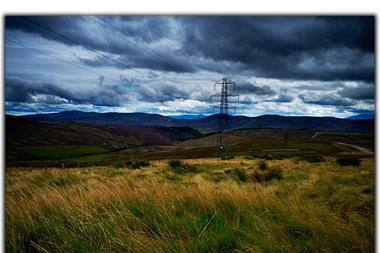The European Commission natural disaster proposals have revived questions about moral hazard and allocation of responsibility,
The enormous tornado that brought death and destruction to Oklahoma last month was a monster storm even for a US state that has become accustomed to extraordinary weather.
Similarly, although less powerful, the tornado that hit the Bologna region of Italy on 3 May was captured in video footage that could have been taken in America’s Midwest, complete with flying tiles, roofless buildings, and huge hailstones. Eleven people were injured. The storm was a powerful reminder, if one were needed, that Europe is far from immune from natural disasters. Although 2012 was a quieter than average year, Europe still sustained insured losses well over $1bn (€770m). While the number of natural disasters obviously varies from year to year, the trend since 1980 has crept inexorably upwards. So too have the losses.
Against this background, on 16 April the European Commission produced a green paper on the insurance of natural and man-made disasters. Its objective is “to raise awareness and to assess whether or not action at EU level could be appropriate or warranted to improve the market for disaster insurance in the EU”. The paper is open for consultation until 15 July and is available on the commission’s website.
One of the first propositions the paper raises is that of mandatory disaster insurance, thus opening, or re-opening, a can of worms whose contents have been argued over in various member states since at least 1980. The fundamental problem, of course, is that where there is no compulsory element, only people or organisations at high risk will seek insurance, so the pool is too small and the risk becomes uninsurable. But making disaster insurance mandatory brings in its wake a whole new set of problems, ranging from moral hazard (people are less likely to take preventive measures if they know they are fully insured) to the precise allocation of responsibility (and premium retention) between private insurers and the state as insurer of last resort.
Spain and France have taken the mandatory route but, in 2004, a German attempt disintegrated, with the working group’s conclusion that “it is not possible to find an appropriate means of giving people legally binding protection against the risk of natural disasters, while relieving public budgets of the financial burden”. Meanwhile, the Association of British Insurers is currently at loggerheads with the UK government over what happens when the current agreement over flood protection runs out in June. It would seem unlikely that EU action on this front has any hope of resolving the issues either cleanly or quickly.
The green paper moves into more interesting territory with the suggestion that parametric insurance may provide a solution, or at least part of one. Financed by cat bonds, parametric insurance pays out when a particular point on an index - a specific wind speed or degree of earthquake movement, for example - is triggered.
The downside is the added basis risk, the danger that the payout will not cover the actual loss. The paper points to hybrid instruments combining parametric and traditional indemnity as a possible way to cover the gap.
Despite Hurricane Sandy, the market for cat bonds has held up well as investors seek out assets uncorrelated to financial upheavals. The global market is worth $15.2bn. But would insurance companies respond well to attempts to promote EU-wide disaster cover through ART? Intriguingly, the example of Mexico, which in 2009 was the first sovereign state to issue a multi-peril cat bond (which was over-subscribed) to transfer risk from state funds to the capital markets, may be brought into play. Could we see a centralised special purpose vehicle set up to issue similar pan-European bonds, taking some of the pressure off both insurers and governments? Timewill tell.



















No comments yet